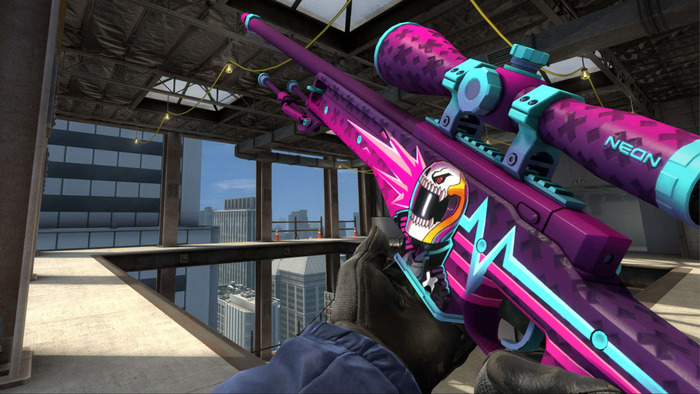Understanding the Power of Real-time Player Analytics in the Modern Gaming Landscape
Online gaming has swiftly transitioned from a niche pastime to an omnipresent force in the entertainment sector. With billions worldwide now enjoying their favorite games, understanding these players’ behaviors has never been more paramount.
The sheer volume of gamers engaged in real-time battles, exploration, and strategy unfolds a vast landscape of data. Whether it’s major franchises or spaces like 32 red games, tracking real-time player data offers a fascinating look into the gaming community’s preferences.
The Immediate Benefits of Player Count Tracking:
In a landscape as vast and competitive as the gaming industry, real-time player count tracking emerges as an essential tool for developers. Immediate insights into player engagement enable developers to swiftly adapt and optimize server capacities, ensuring smooth gameplay experiences.
It’s not just about maintaining uptime, it’s also about understanding which game modes captivate audiences and which maps players flock to.
From a player’s perspective, these analytics are equally significant. Being informed about peak playtimes assists in dodging server congestion, ensuring a more enjoyable gaming session. For competitive gamers, knowing when and where most players are active can be instrumental in finding challenging matches and honing skills.
Shaping Future Game Development Through Analytics:
Historically, game development was often a shot in the dark, guided primarily by gut feeling and anecdotal feedback. Now, real-time player analytics illuminate the path. Developers analyze these metrics, spotting trends and patterns that influence future game iterations. One striking example is the way Blizzard plans to release paid expansions for Diablo 4.
The development team is leveraging data to work on multiple seasons and expansions simultaneously, targeting an aggressive annual release schedule. For instance, if a particular in-game location consistently attracts fewer players, it could be due to a design flaw, prompting designers to revisit and revamp.
Player count data is also invaluable in detecting technical issues. A sudden dip in active players can signal server problems or game-breaking bugs. Take Forza Motorsport, set to release in October 2023. Its developers will likely be keeping an eagle eye on player data post-launch to quickly spot and rectify any hitches.
Conversely, spikes in activity around specific game modes or features can highlight what’s resonating with the audience. Such insights guide developers in crafting updates, expansions, and even entirely new gaming experiences like the eagerly awaited Assassin’s Creed Mirage, also slated for an October 2023 release.
The Broader Impacts on Marketing and Community Engagement:
The ripple effects of player analytics are felt beyond game development, significantly influencing marketing strategies. In a marketplace crowded with games vying for attention, tailored marketing campaigns rooted in real-time data make a difference.
Recognizing when players are most active or which game modes are trending allows marketing teams to craft promotional events, sales, or community challenges that resonate more deeply.
And it’s not just about sales. Vibrant game communities thrive on discussion, collaboration, and competition. Forums, fan sites, and community managers can leverage player count insights to fuel discussions and foster engagement.
Whether it’s organizing tournaments during peak times or sparking conversations around trending game modes, understanding player behavior equips communities to create richer, more inclusive experiences.




![List Of PC Games Releasing In 2024 [Jan-Sep] List Of PC Games Releasing In 2024 [Jan-Sep]](https://playercounter.com/wp-content/uploads/List-Of-PC-Games-Releasing-In-2024-Jan-Sep-150x150.png)



